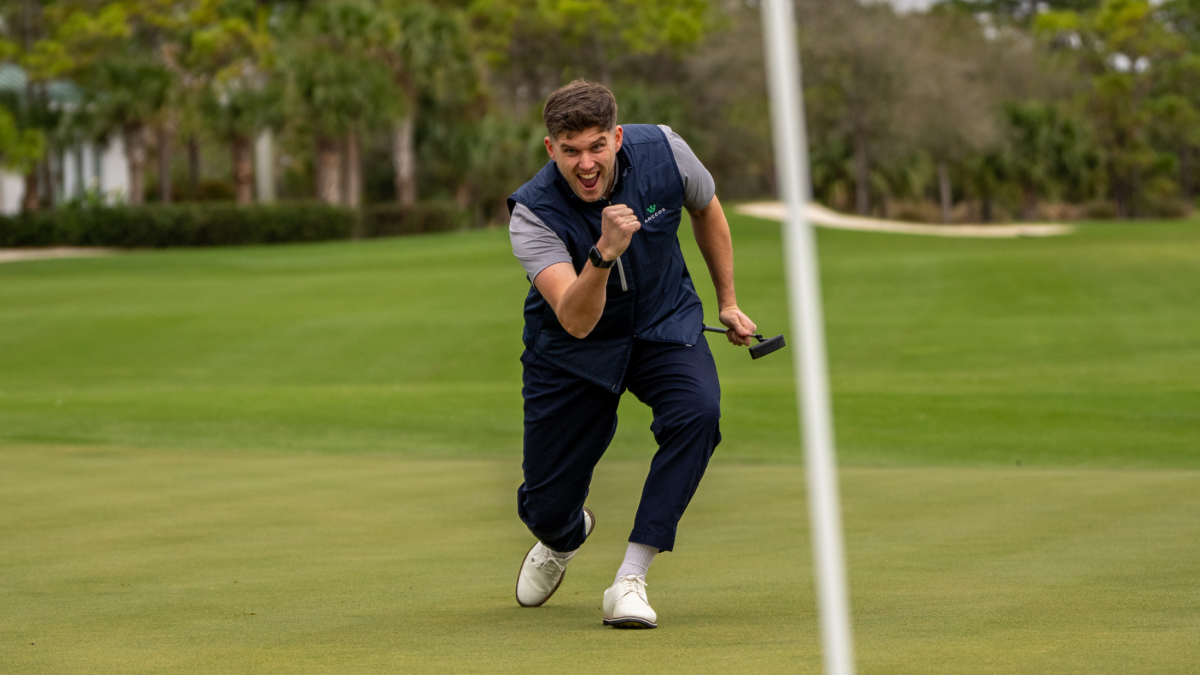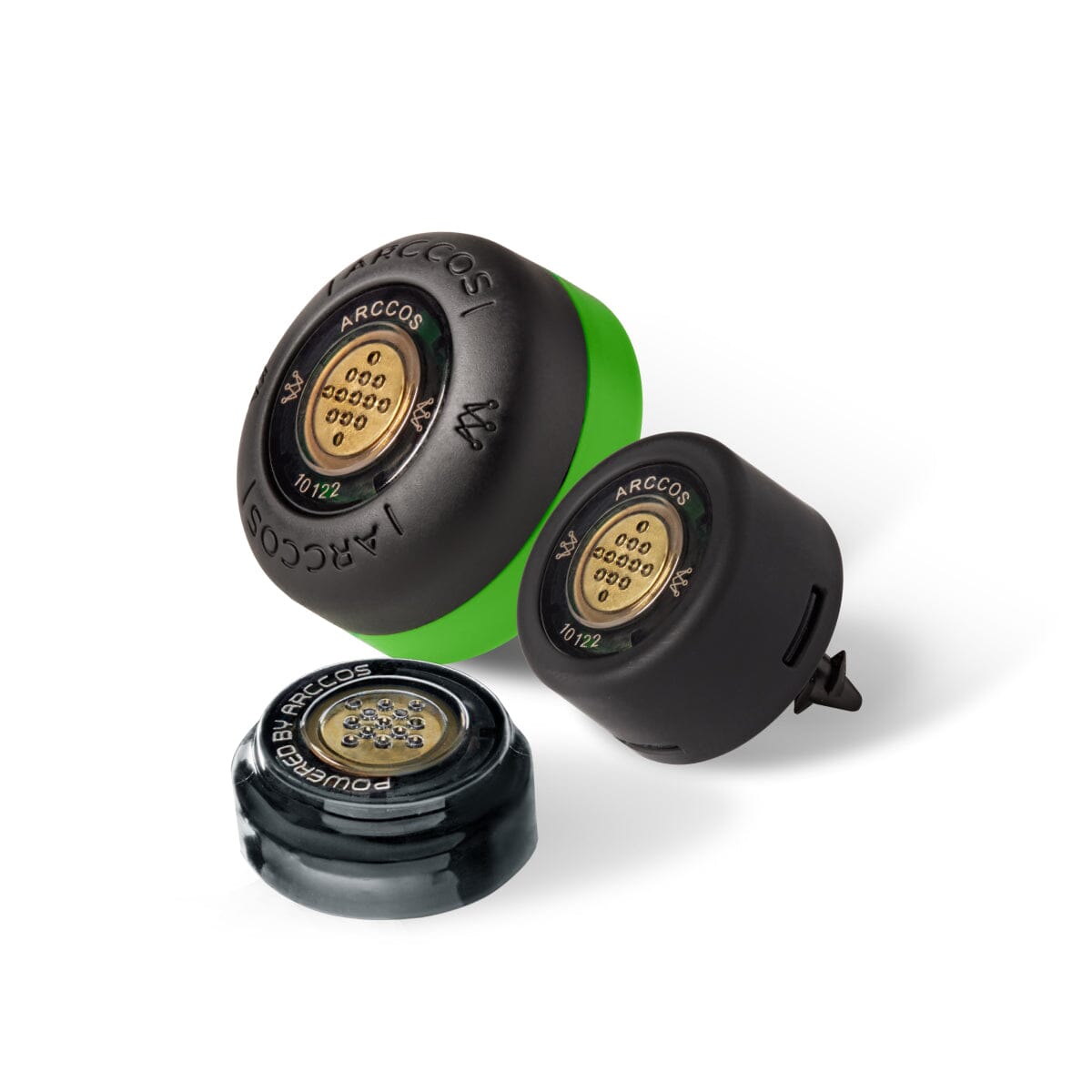
Bryson DeChambeau’s U.S. Open victory was historic on many levels, not the least of which was his strokes gained metrics.
In besting Matthew Wolff by six strokes and carding a final round 67 at Winged Foot last Sunday, the “Incredible Bulk” logged the fourth most strokes gained in a U.S Open final round at 7.9.
It was the most strokes gained in a final round since Johnny Miller in 1973 at Oakmont Country Club.
And while it wasn’t outwardly reminiscent of Tiger Woods’ 2000 U.S. Open win at Pebble Beach where he lapped the field by 15 strokes, DeChambeau’s power-packed romp was statistically stunning.
DeChambeau’s final round is even more eye-popping viewed through Arccos’ proprietary Strokes Gained Analytics feature that enables Arccos players to benchmark their game against different handicaps. He gained 11.4 strokes against a scratch golfer, 17.3 against a five handicap, 23.2 against a 10 and 28.6 against a 15 hcp. We can go ahead and call this ‘The Mathacre at Winged Foot’.
How do we know? From the four rounds of tour data that our intern Jack* manually input into Arccos about the Cobra Puma Golf Ambassador's performance with his one-length irons (Cobra King Speedzone and King Forged Tour), King Speedzone driver and fairway metals. (*Thanks, Jack!)

What can Arccos players learn from DeChambeau’s preparation and approach to conquering Winged Foot’s unconquerable West Course?
Here are three key takeaways.
1. Have a Plan
DeChambeau said it Monday before the U.S. Open. Then he said it again on Tuesday and Wednesday. Despite the perceived “need” to hit fairways at Winged Foot, he’d stick to his bomb-and-gouge, driver-short-iron approach.
And sure enough, he did. His average driving distance of 325.6 yards was the longest by a U.S. Open winner. Conversely, he hit only 23 out of 56 fairways for the week, or 41%. Since 1981, no U.S. Open winner had hit fewer than 27.
Given that a missed fairway usually resulted in a gnarly lie amid Winged Foot’s super juicy, graduated rough, DeChambeau hitting 64% of greens (tied for fifth in the field) in regulation is ridiculous.

How did he do it? On-course data, off-course data, Herculean strength and a physics degree certainly helped.
While Arccos players may not be downing protein shakes and Ruth Chris steaks, daily, they have access to unlimited on-course data for game planning and improvement through the Arccos Caddie App and all its robust features.
RELATED: Create Smart Practice Plans with Arccos Caddie
Before a round, Arccos Caddie Preview, available after five 18-hole rounds, provides both Optimal and Alternate strategies for attacking a golf course based on players’ individual shot data and strokes gained stats by game facet.
During a round, Arccos Caddie’s A.I.-powered Rangefinder allows for adjustments to the plan based on real-time playing conditions such as slope, altitude, temperature, humidity, wind speed and direction.
Post round, the Arccos Dashboard is a powerful way to review shot-by-shot data and results, and to evaluate the success of your original strategy.
2. Data-Based Adaptation
Much was made of DeChambeau’s driving of the golf ball. And why not? With a clubhead speed approaching 150 mph and ball speed over 190 mph, it’s easy to get caught up in his tee shots.
But on seven of Winged Foot’s par 4s and the par-5 12th, he used a club other than driver off the tee in the final round, mainly one of his two modified Cobra King Speedzone Tour fairway metals.

In other words, the bomb-and-gouge strategy was tweaked a tad heading into the all-important finish in which he was actually trailing Wolff by two strokes to start the day.
Why? Based on his dispersion data with the driver, DeChambeau’s misses to the left were big misses – up to 35 yards from the centerline. And while he could power the ball out of the rough, even he couldn’t hit a ball through a tree trunk.
The punchline: if you’re not posting lower scores on your home course, or if you are playing in a multi-day event and need to make adjustments based on your game or external variables, Arccos gives players the data and performance insights needed to make informed decisions.
3. SUYW with SGA
That is, Shore Up Your Weaknesses with the Arccos Caddie Strokes Gained Analytics.
Here’s a quote from DeChambeau that sheds light:
“I was always a super straight driver of the golf ball, super great iron player. Putting was always iffy, but I knew I could get around it on fast, quick greens. I was always really good on quick greens. I’ve become a great putter, and my ball striking has improved consistently, and now I’ve got an advantage with this length, and ‘that’s all she wrote’.”
RELATED: Take A Closer Look at Strokes Gained Analytics
Reading between the lines, DeChambeau has been grinding away at improving his putting via strokes gained analysis which was the weakest facet of his performance across the four rounds at the US Open. But what is truly impressive is that on the glassy greens of Winged Foot West, he still managed to average 1.7 putts per hole which is the same for Tour Players on average (across various green speeds, not specifically the slick greens of the 2020 US Open).
During his rounds at Winged Foot, he one-putted 36.6% of the time, two-putted 59.2% and three-putted (or more) only 4.2%—so if he applies the same science to improve his Putting game that he did to his Driving, we can continue to expect some insanely low scores. Because the numbers don’t lie!
If you haven’t already, dive into Arccos new Strokes Gained Analytics feature to see where you are losing strokes against different handicaps and develop a hyper-focused practice plan to improve in that area.






Share:
How Arccos Players Would Stack Up In The 2020 US Open at Winged Foot
Get Started with Arccos: We've Pulled Together Our Top Tips